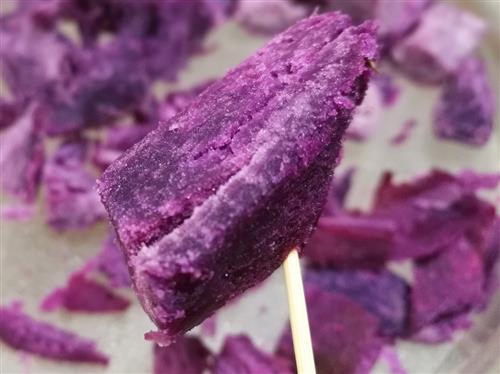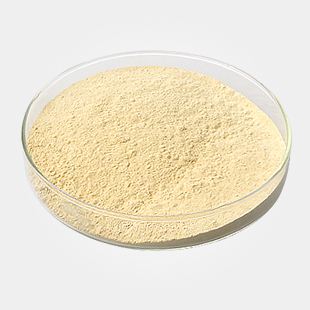Intestinal favorite food
1. Coarse grain: replace half of white rice with grains
To make the bowel comfortable, you have to grow a team of probiotics. Probiotics like foods rich in dietary fiber, oligosaccharides, whole grain cereals bear the brunt.
But look at our rice bowls, which are almost always white rice and white rice dumplings. The dietary fiber we consume from staple foods cannot be compared with that of 20 or 30 years ago. According to statistics, in recent years, the average intake of dietary fiber in our residents is about 15 grams, which is less than the recommended amount of 20-30 grams.
Half of the white rice in the house is replaced with whole grains. Each time you choose more than one, you can put it in an electric pressure cooker to cook porridge. It is easy and nutritious. Or soak the beans 8 to 12 hours in advance, and the grains are soaked for 2 to 4 hours, and then boiled into coarse grain porridge, easily boiled and easily digested.

2. Potato beans: dry beans as a staple food, fresh beans as a side dish
Sweet potato soluble and insoluble dietary fiber are more abundant, eat rice, rice, sweet potatoes, potatoes and other potatoes cut into small pieces, steamed and cooked with rice, to avoid the staple food nutrition too simple.
Beans such as green beans, red beans, and soy beans contain more dietary fiber than potatoes, especially soya beans, which are rich in dietary fiber and contain oligosaccharides that promote the proliferation of probiotics. And fresh peas, tender beans, tender soybeans and other fresh beans also contain a lot of dietary fiber, do a good side dish.
3. Roots and vegetables: burdock, carrots, vegetable soup
Celery, burdock, carrots and other root vegetables are also favorite foods of the intestines, especially burdock, which has the reputation of “Dong-ginseng†and is rich in crude fiber, which not only facilitates laxity, but also helps prevent and cure various chronic diseases. Produce vegetarian soup, burdock, carrots are good ingredients, slightly seasoned after stewing, light and delicious.
Of course, fruits can not be forgotten, apples, oranges, dragon fruit, kiwifruit, etc. contain more abundant fiber, hemicellulose, pectin, gum and other dietary fiber, have a positive effect on intestinal health and cancer prevention.
4. Seaweed: Cold soup, tasty nutrition
Wakame is very cheap, but it is high-quality fiber, high-protein, low-fat, and rich in minerals and vitamins of high-quality sea food. Sea cabbage tastes tender and smooth, rich in magnesium, calcium, iodine and other trace elements, also contains soluble dietary fiber such as seaweed gum, agar, a high content of plant gum, in the intestines can be swollen water absorption, to relieve constipation Benefits, the elderly can eat more.
Seaweed and other seaweeds have high sodium content. Soaked in water for a while before eating, boiled in boiling water, squeezed and chopped, and added salt, soy sauce, garlic, and sesame oil. In addition, kelp soup, seaweed soup, sea cabbage egg soup is also very good.
Xanthan gum is one of the most effective,most widely used and most versatile polysaccharide across the world today.It is mainly composed of D-glucose,D-mannose,D-glucuronic acid and acetyl.Under proper condition, it is produced by fermentation,with raw materials being carbonhydrate,with xanthomonas campestris,then purified,dried and milled into powder.As biogum,xanthan gum could be widely used in food,oil drilling,agriculture,fine chemical and pharmaceutical areas.It has following advantages.

Xanthan Gum,Xanthan Gum Cas No. 11138-66-2,Xanthan Gum Food Grade,Xanthan Gum For Food Additive
Shandong Tiancheng Chemical Co., Ltd. , https://www.tianchengchemical.com